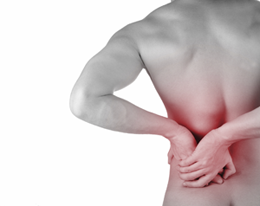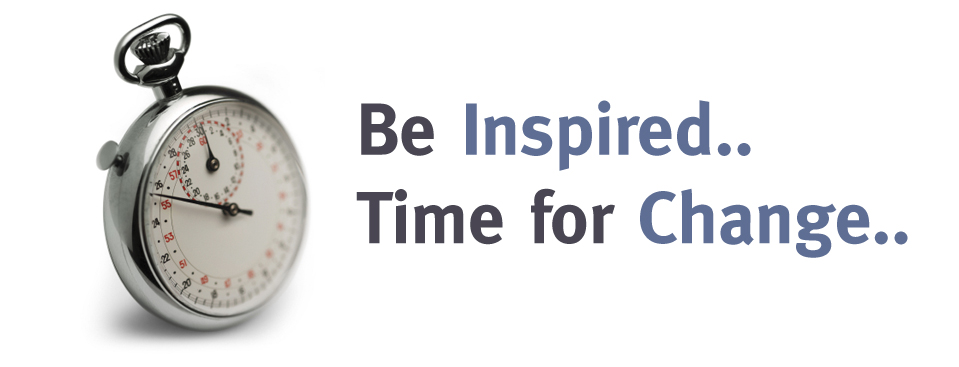TREATMENTadmin2015-08-06T09:34:54+00:00
The Amatsu Treatment

For the most part Amatsu is carried out on a comfortable treatment bench and you remain fully clothed. The first treatment will last about an hour, including a lifestyle questionnaire. This initial assessment allows a complete picture to be established in relation to your individual needs subsequent treatments will last approximately 30 minutes and involve a range of techniques again depending on your individual requirements.
Muscles are assessed for tone and neurological integrity. Gentle mobilisation of the limbs may be used to restore natural balance. Work may be carried out on the visceral organs to alleviate pulls and problems. The aim of the treatments is to help the body repair itself.
No two treatments will ever be the same. Each time one imbalance is corrected another may appear and be the next correction that the body needs. This process continues until a stable level of general well being is attained, after which the majority of my clients find a period of time between treatments that suits them.
ANMA
This literally means ‘to push and pull’. Specific areas of the body are pushed and pulled (gently) to release tension and tightness, thereby restoring the normal flow of blood and lymph to promote growth, repair and restoration of normal function. The techniques involved very closely resemble those used in massage, so that Anma may be regarded as a form of remedial massage
SEITEI
This literally means ‘to correct the body’. It focuses on the head (on neck), Hara (spine/pelvis) and the feet to bring about symmetry and paralateral movement. Therefore all treatments re- align and re-balance the person from head to toe, whilst balancing the meridian circuits of the body and the intrinsic cranio-sacral system. This results in a restoration of symmetry and a boost to homeostasis (immune system) with a reduction of body strains. Seitai is the aspect of Amatsu medicine which most closely resembles Western osteopathy, although in practice, it tends to be much more gentle.
SHINDENJUTSU
This means to find the pivot (fulcrum) and fluid drive through it. In simple terms, it involves the correction of ligament imbalances of the joints and organs of the body. It is the heart of Amatsu balancing. In this approach, the ligaments are employed to spring tensions that have become locked into body structures blocking the flow of energy. Old strains leave a footprint of the injury or illness that continues to malfunction for many years. These archaic patterns lay the foundation for many illnesses we encounter, especially when our immune systems are lowered due to stress. It is precisely these patterns that this method addresses.
KENKUJUTSU
This literally means ‘the head (and spine)’. It is the name given to Amatsu’ s approach to balancing the cranial mechanism of the head and spine. It is an integral part of the therapy. The head governs all spinal movement (where the head goes, the body follows), and according to Western research, cranial imbalances affect our emotions, posture, dentition, movement, and can cause colic, restlessness and discomfort in newborn babies. Cranial balancing has been found to be useful in the treatment of these as well as many other symptoms. Clinical evidence has shown that it is also beneficial to the treatment of arthritis, tension, dyslexia, sinusitis, pain in pregnancy, concentration, eye strain, headaches, and migraines.
CONTACT PAUL NOWThese four areas of Amatsu medicine are not kept separate, and blend into each other during treatment. For example, points on a limb may be stimulated (Anma), whilst the limb is gently moved for positional release (Seitai). This is a gentle therapy, suitable for young and old alike. There are no hard adjustments in Amatsu, and the majority of clients find the treatment to be very relaxing
CONTACT PAUL NOW


